The twelve finalists in the NextGen Cup Challenge have been chosen
They are now working through a virtual accelerator to develop and manufacture their new cups for beta testing, starting in September 2019. Most of the finalists developed alternatives to the current polyethylene lining that is challenging both biodegradability and paper cup recycling, with some changing the formula for the fiber or paper cup itself, and others designing a new liner material.
Three finalists are testing models of a Reusable Cup Service
The reusable cup service model is one in which the cups are accessed with a deposit at the fast food restaurant or the coffee shop, and customers can take them out of the store, as with disposables. Then, when finished, the cups are dropped into convenient return boxes at locations near the typical users. This model allows cups to be returned without washing or returned to the original purchase location.
Cup Club, from the UK; ReCup from Germany, and Revolv from Indonesia and Hong Kong are testing the feasibility of this new model, requiring a change in consumer behavior.
Cup Club is designing their model for both hot and cold drinks, and cups and lids. The yellow drop boxes for returns are small and brightly colored, making them easy to notice and find. Their small size may encourage hosting by community stores and restaurants and workplaces.
ReCup is using a deposit system, and Revolv is tagging their cups with RFID tags to keep track of their locations. Revolv is also expanding into food packaging and is planning city-wide locations, using restaurant chains, and using their products during festivals.
A small neighborhood or workplace food service could easily implement a similar model in house. Questions come when the model is brought up to scale for global use, and various cultural differences in how hot and cold drinks are bought, carried, and drank may play a part in acceptance. Bike share and ride share models are suggested for comparison, but the difference may be, to consumers, that this object touches the mouth and contains food and drink. The amount of wear and tear that comes from the drop off boxes may also be a challenge.
As many downtown neighborhoods are moving to a bike or pedestrian friendly model for transportation, these reusable cup service models seem more practical and could easily be accepted. For a neighborhood model where coffee is mostly bought through a drive-through window, and carried in the car to work, drop off boxes would need to be placed in parking garages or workplaces. An older model, where reusable cups are bought at the restaurant or coffee shops and can be brought back for refills or refilled for a discount, may roll around again and be more accepted by consumers too.














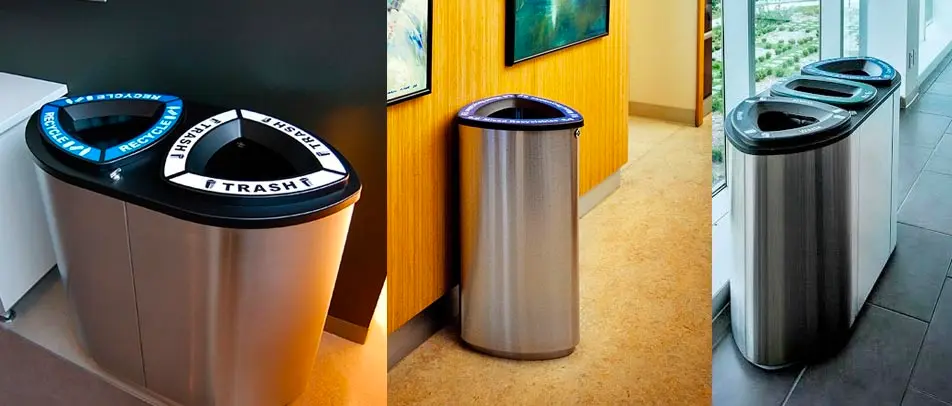
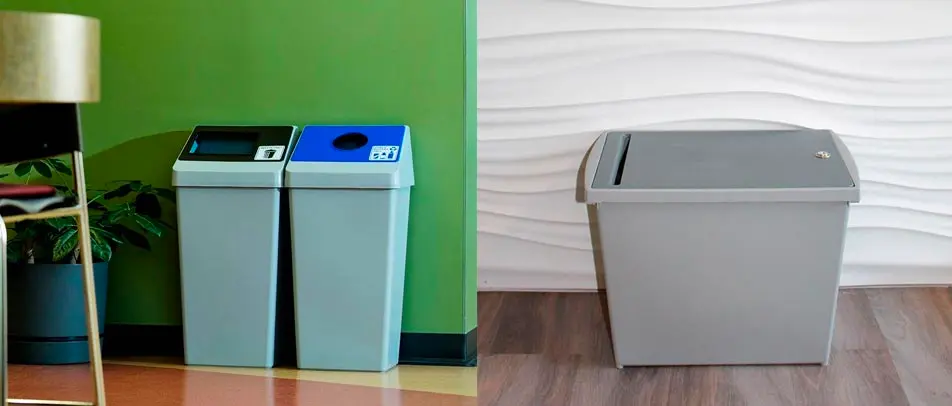


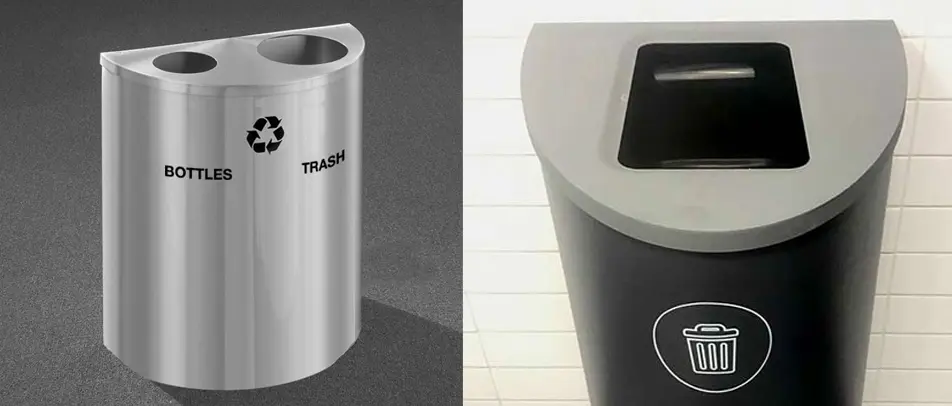


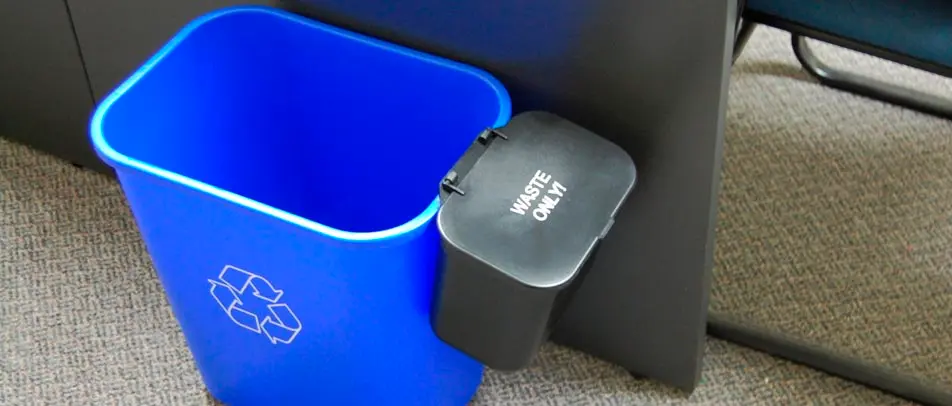
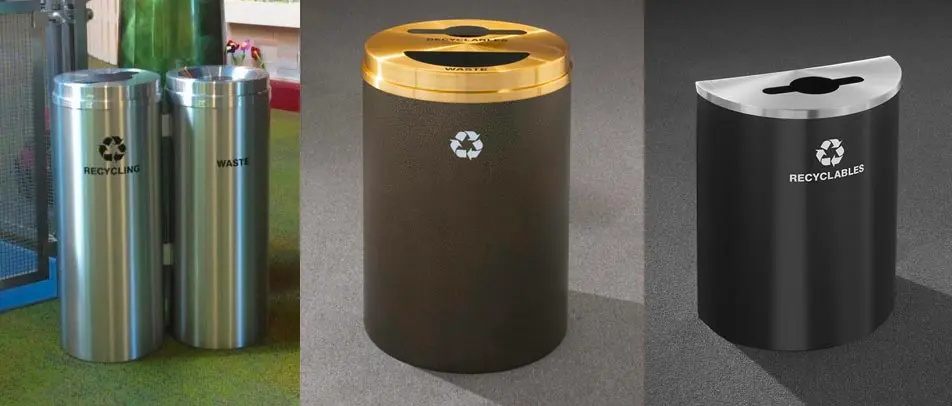
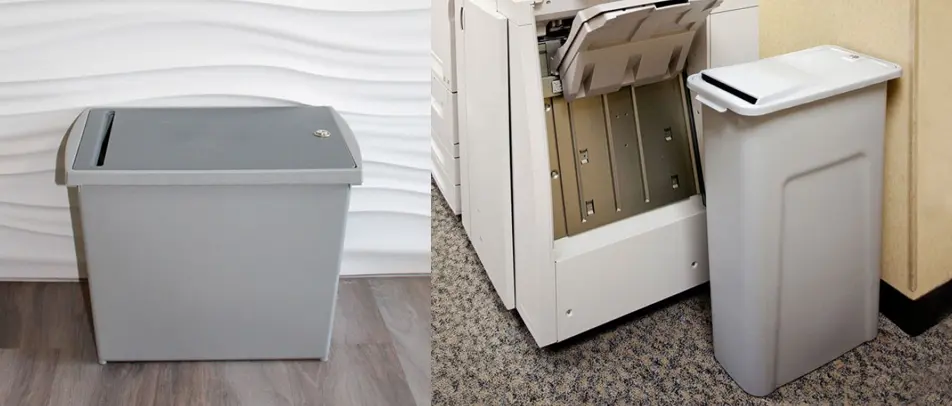

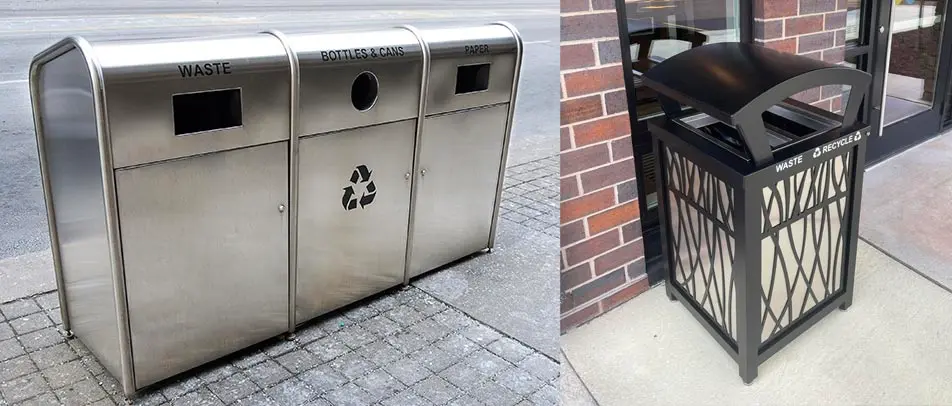



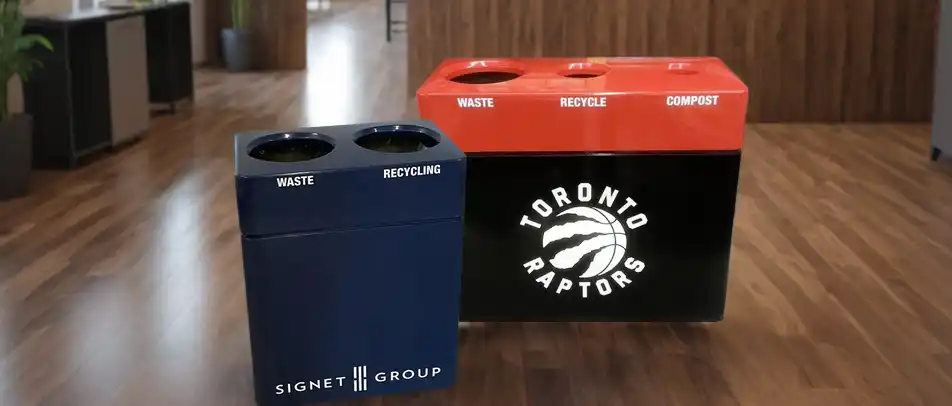



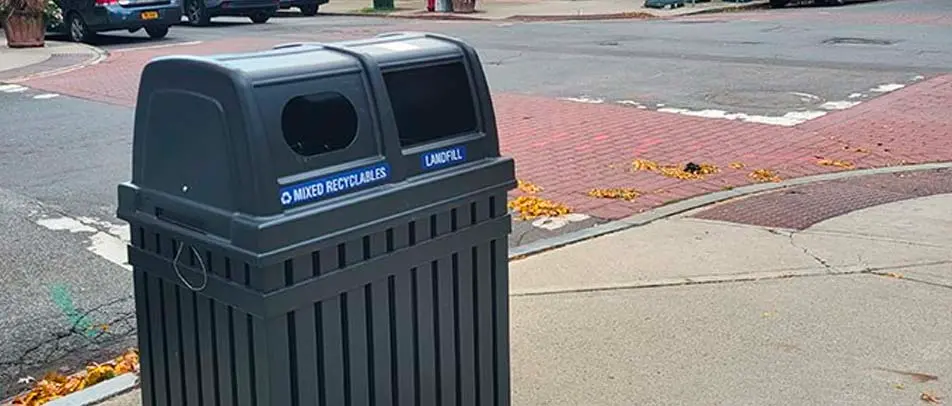
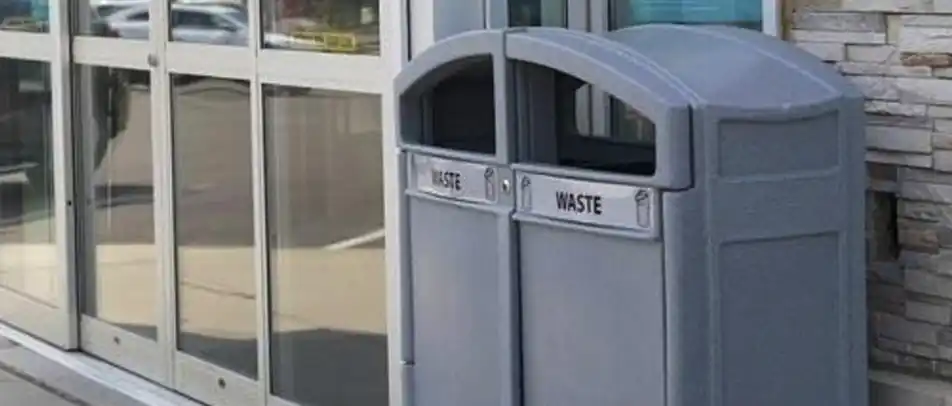
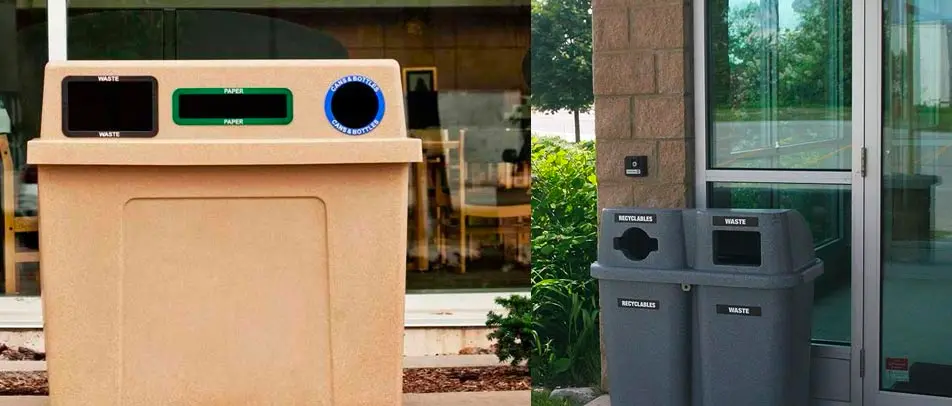
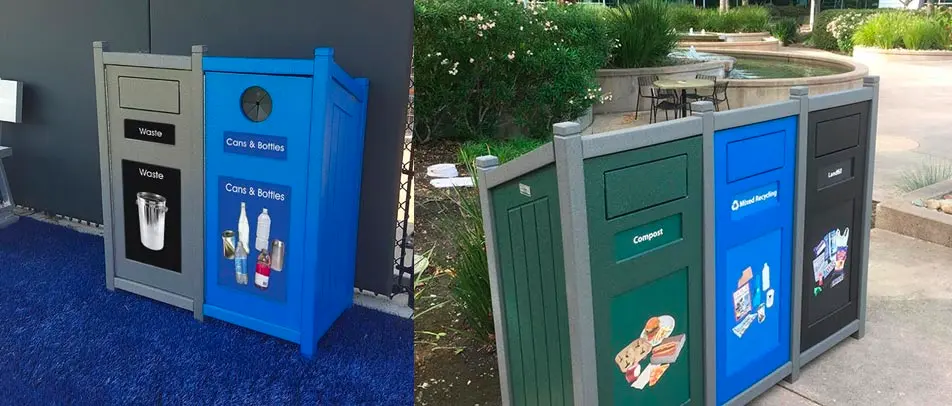
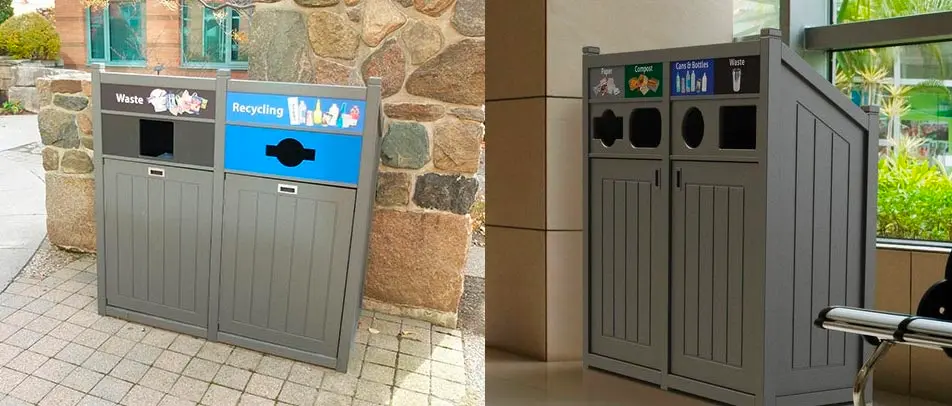



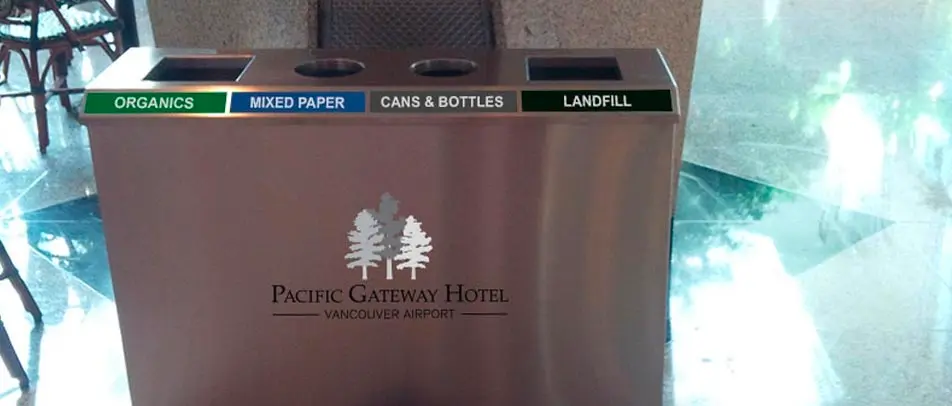

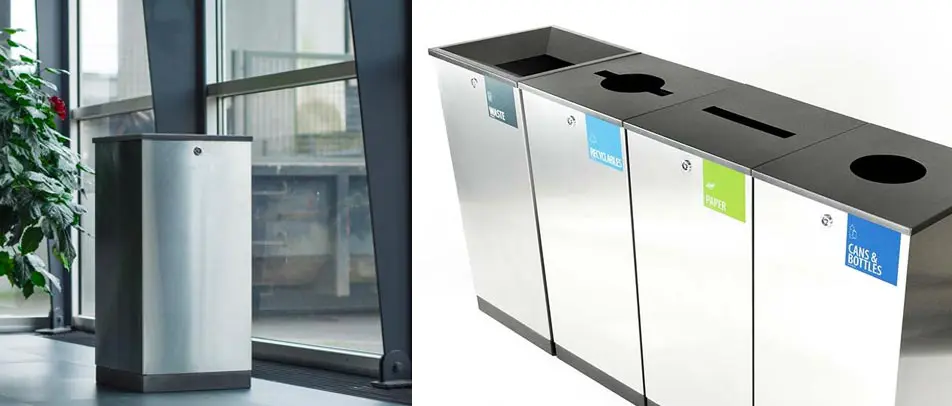
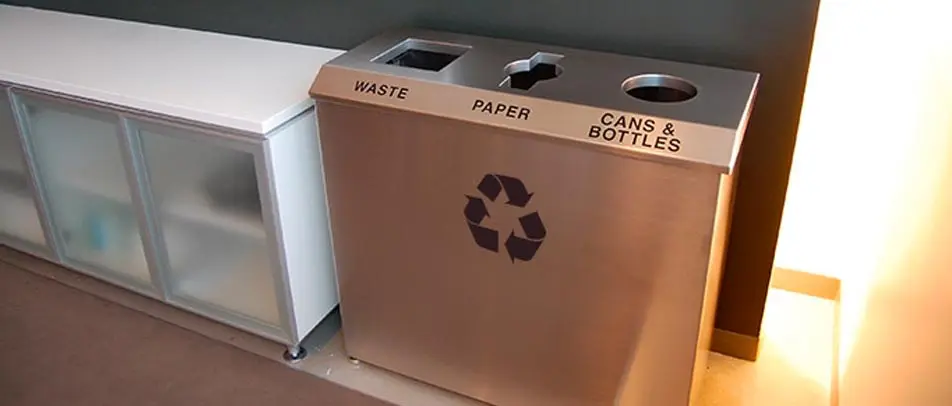
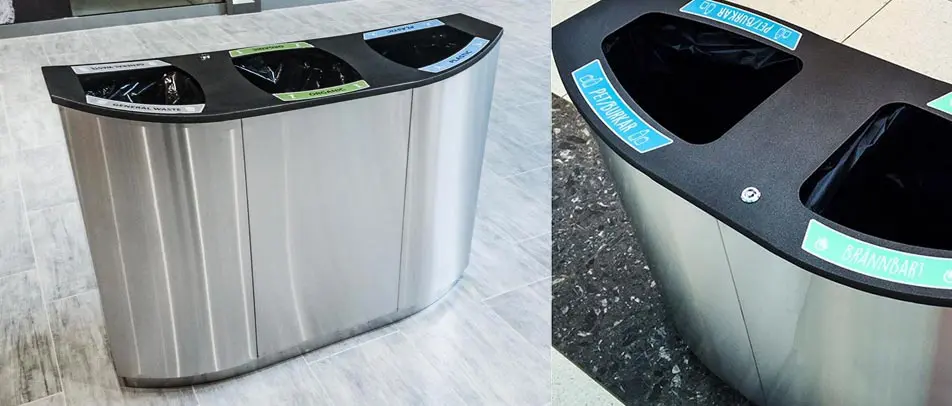

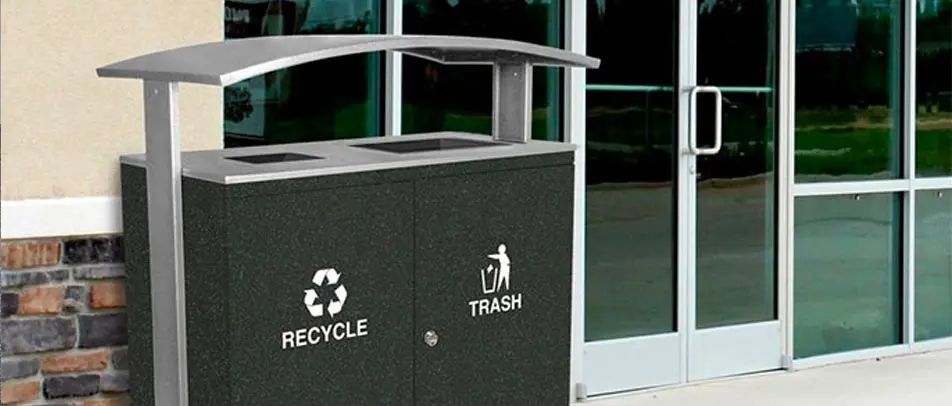
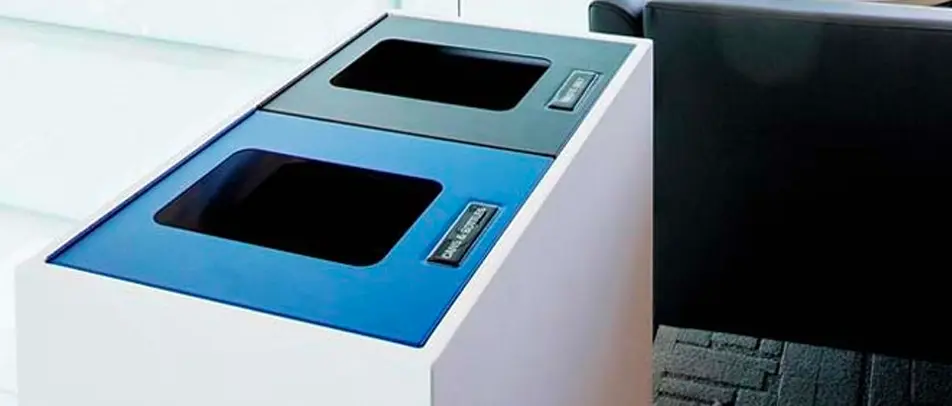
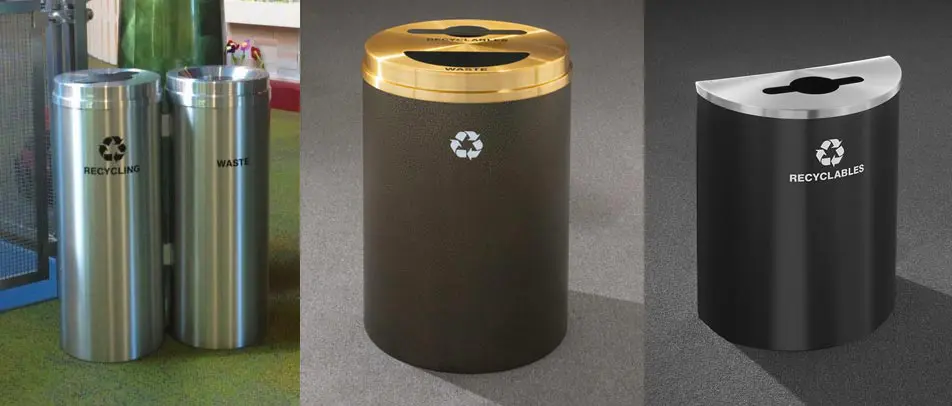

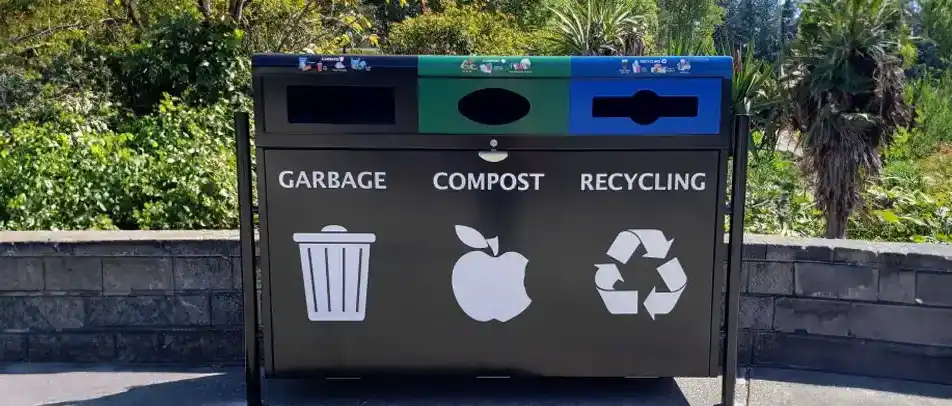
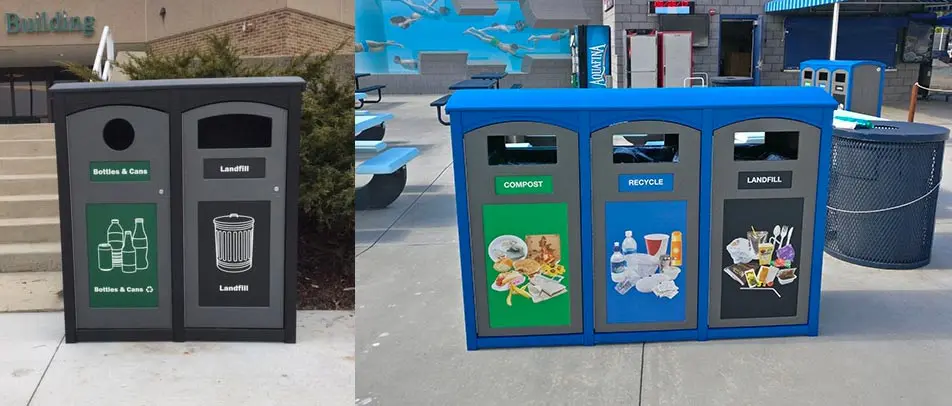
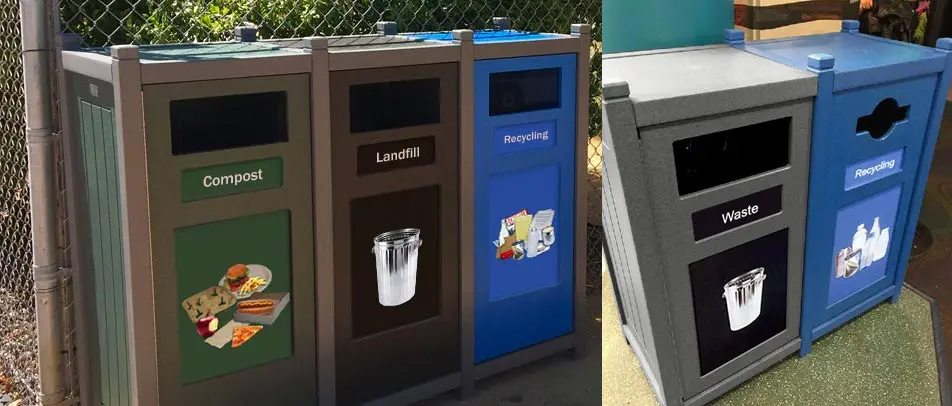


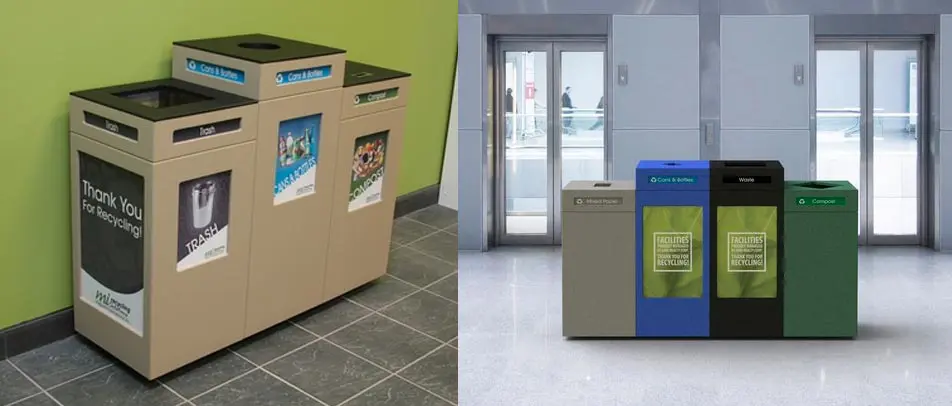
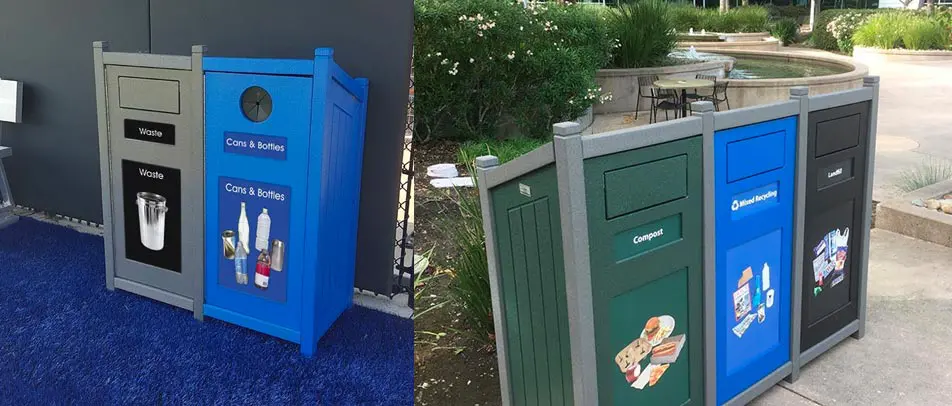
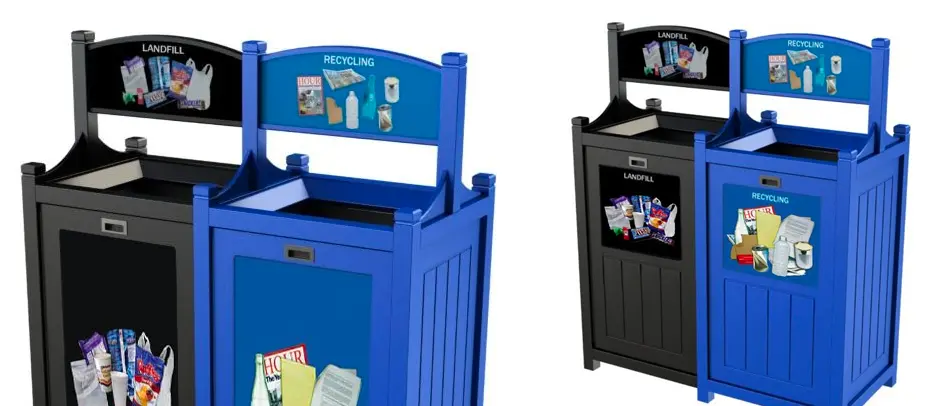


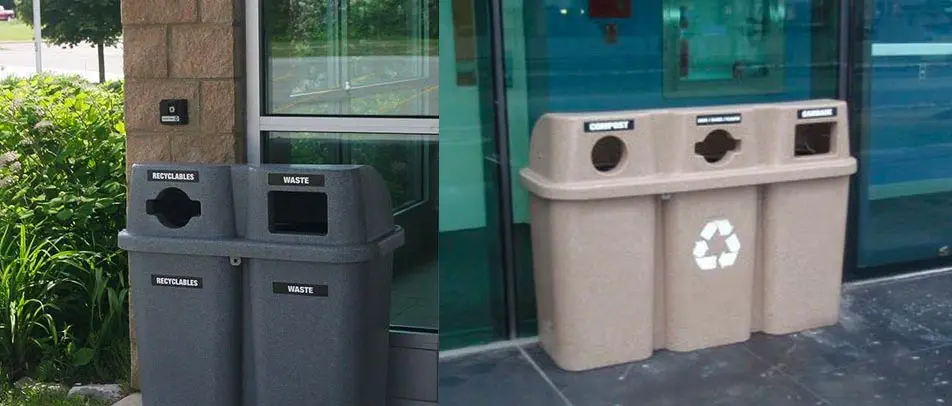
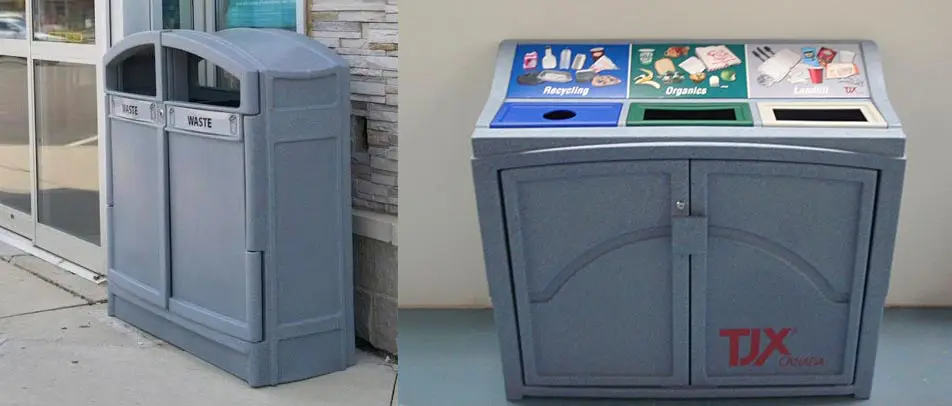
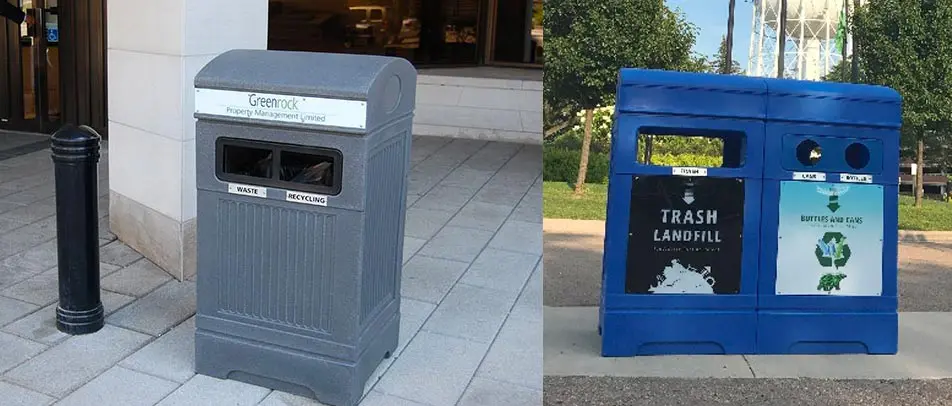
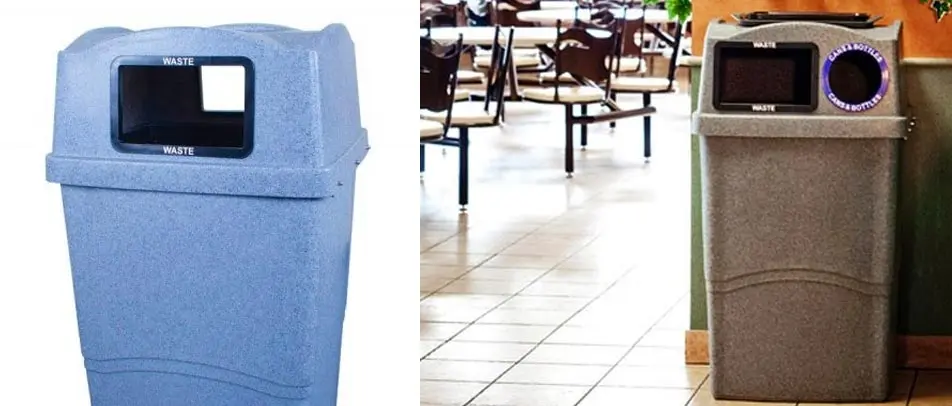
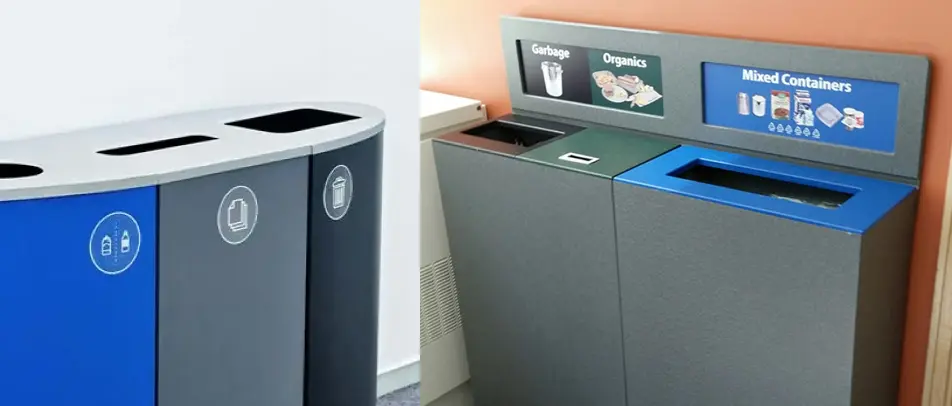
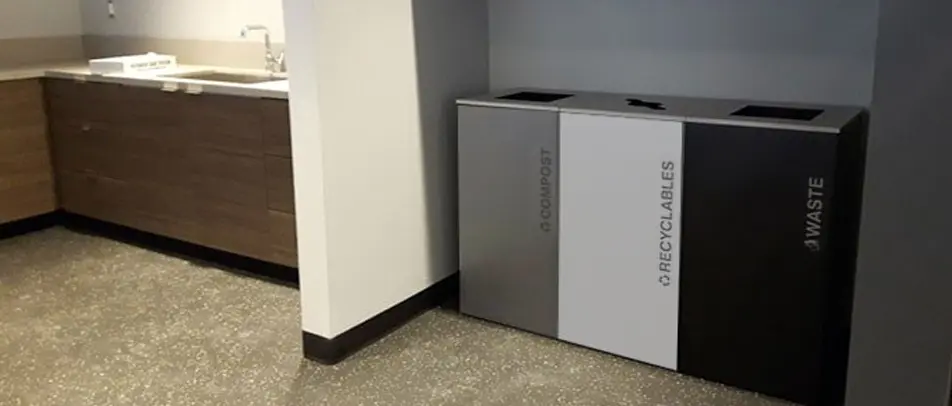
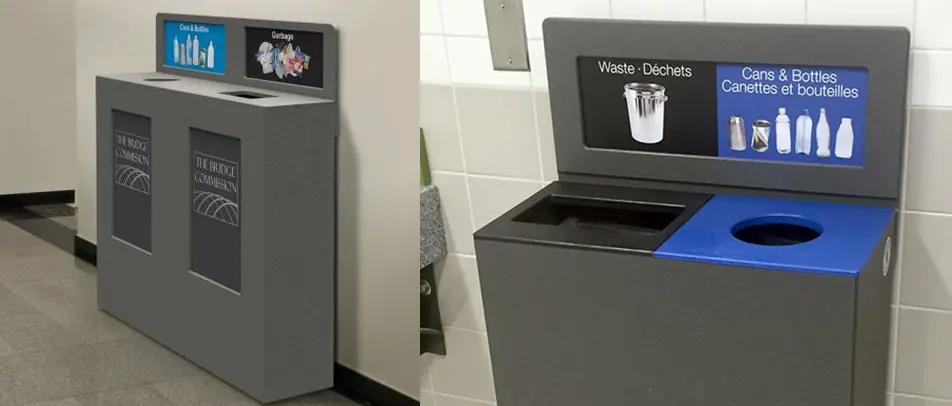
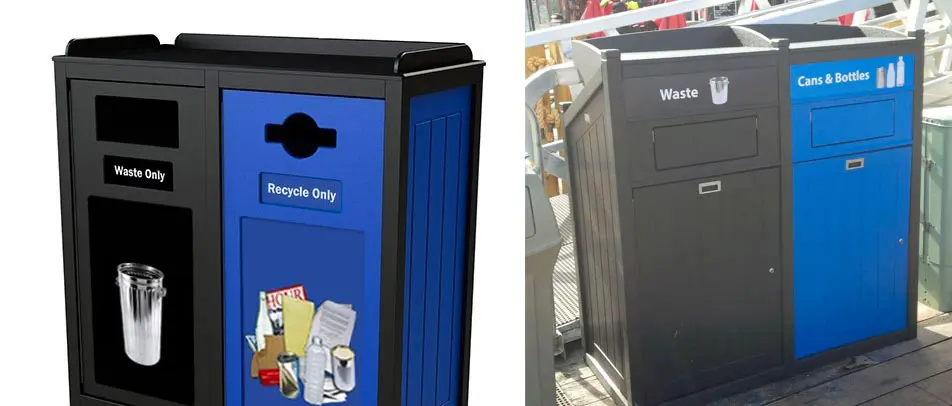
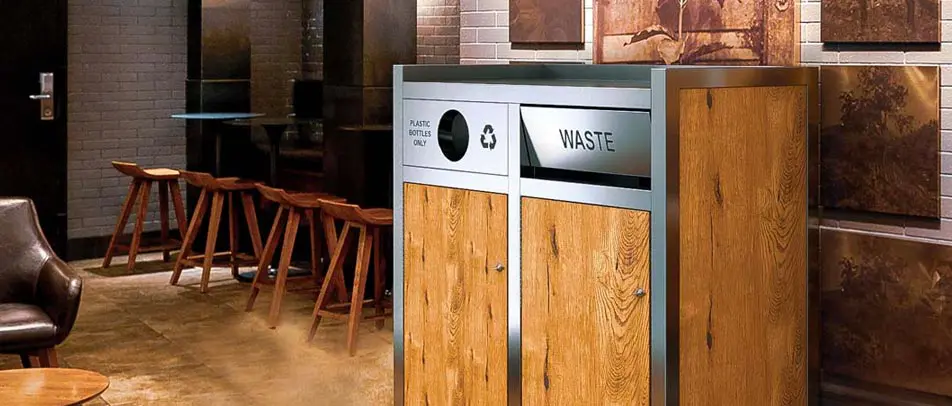





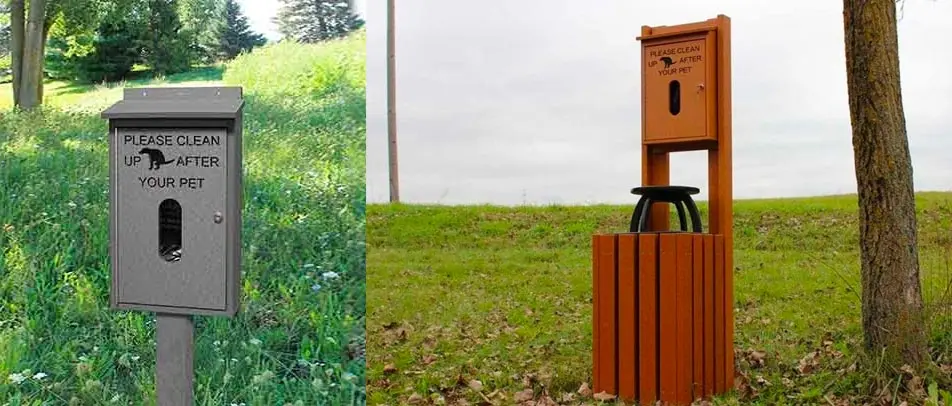


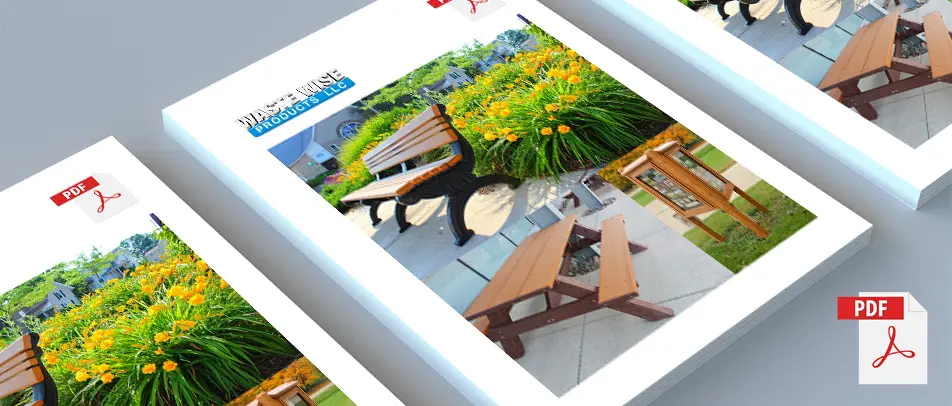

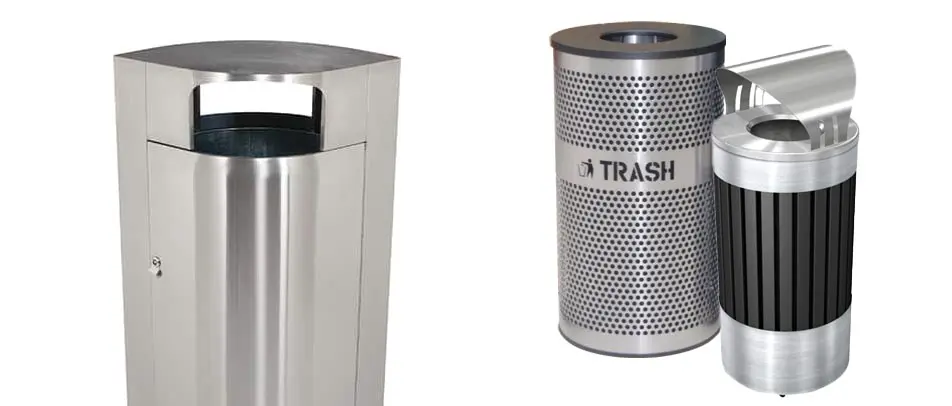

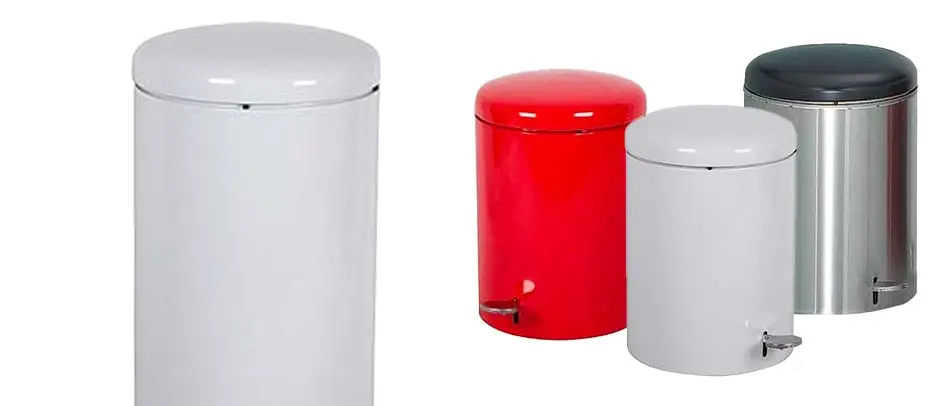





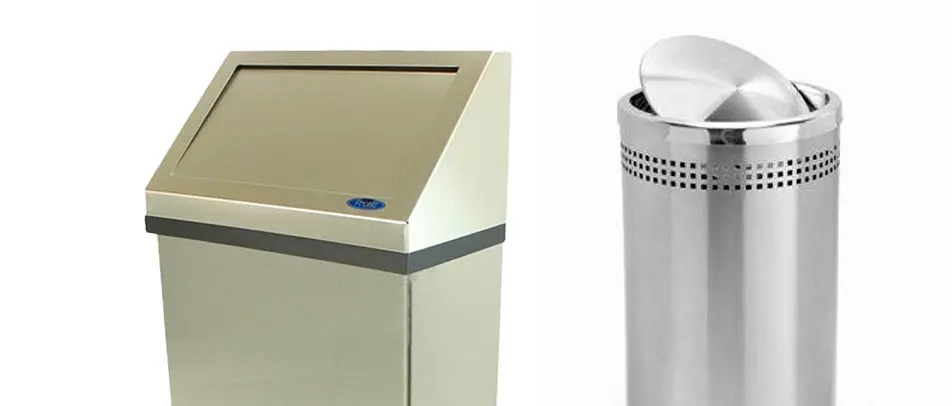

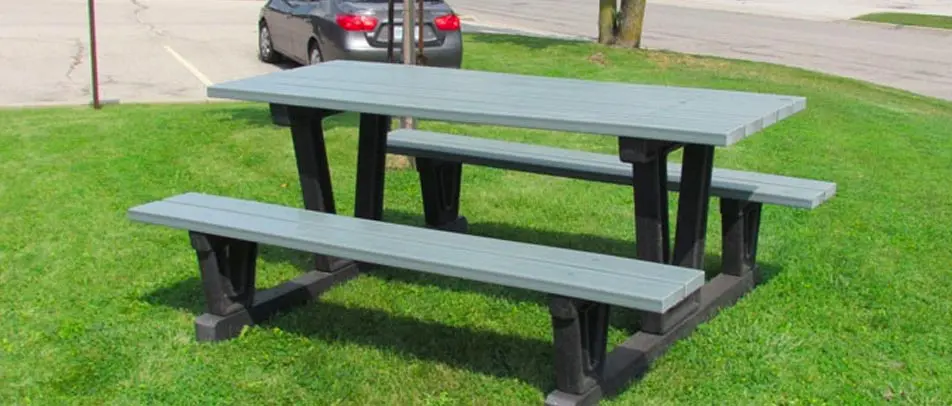





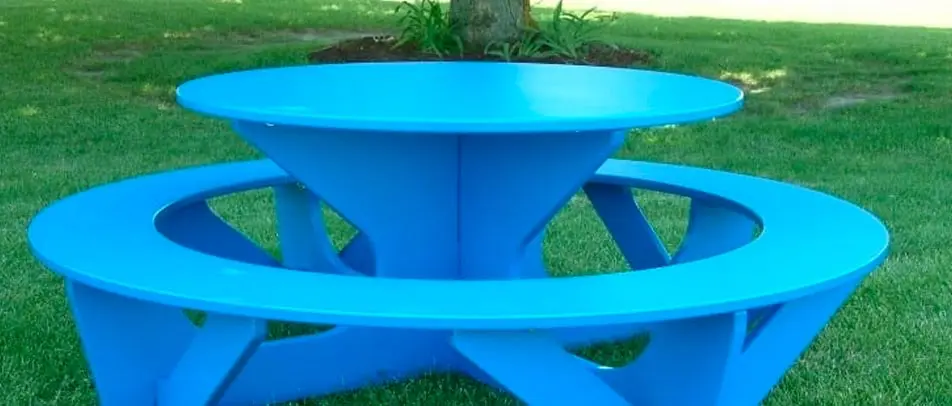
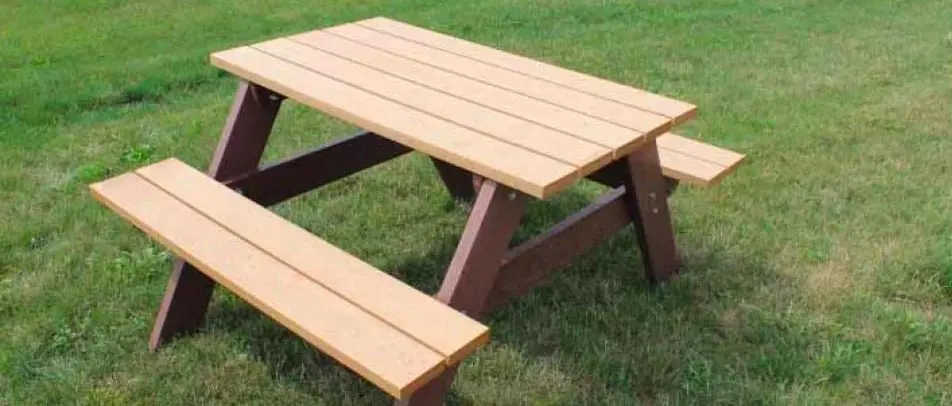
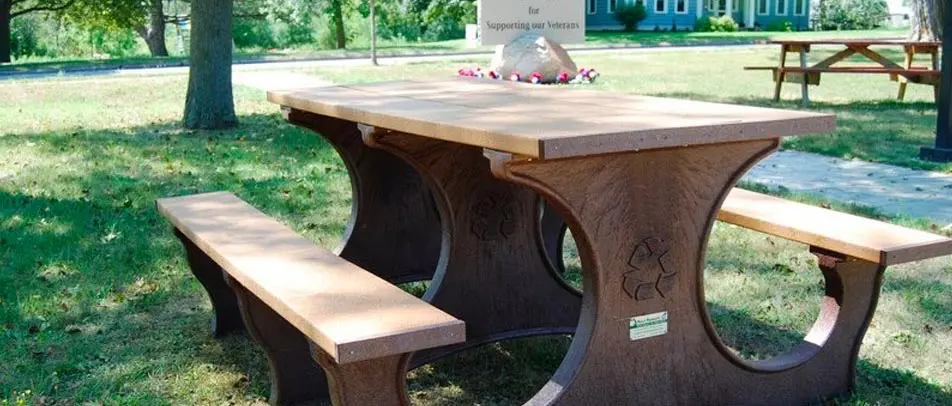
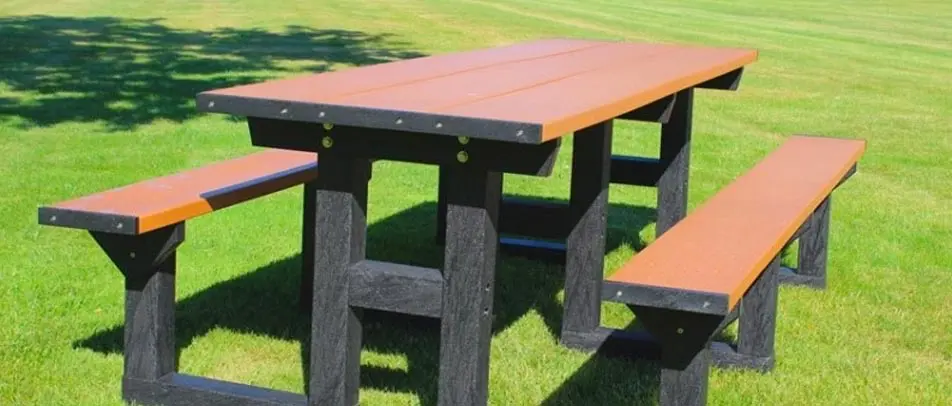

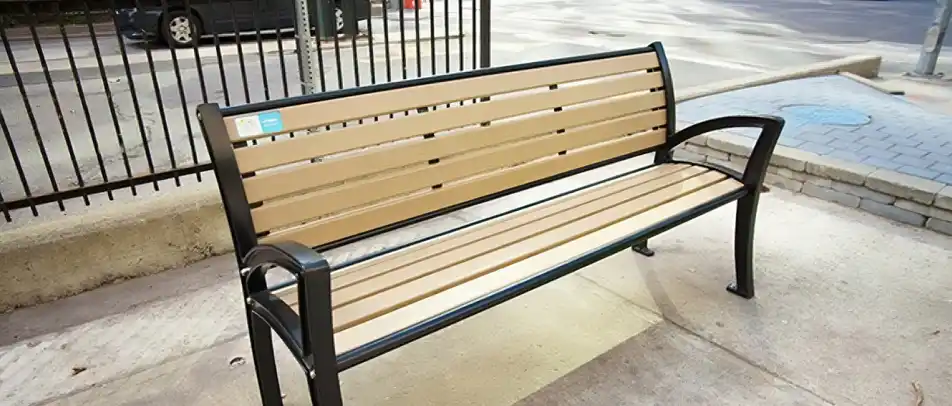

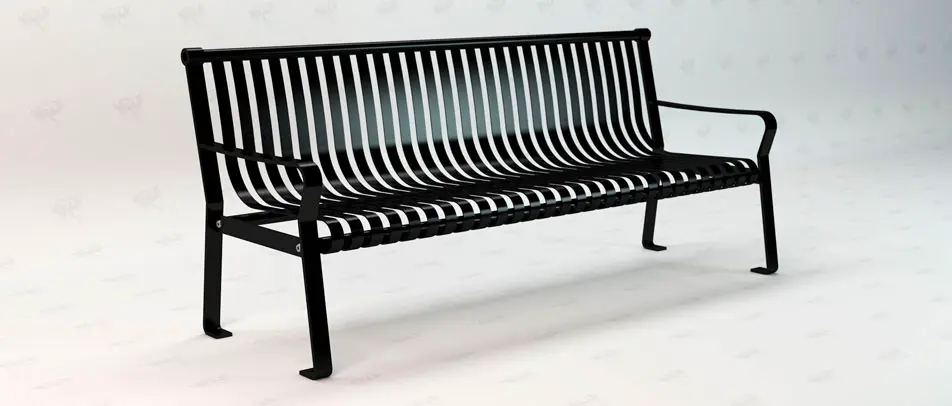
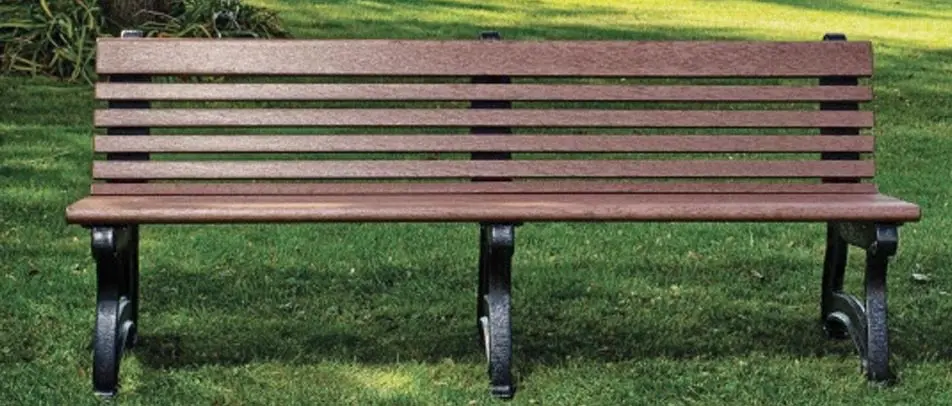
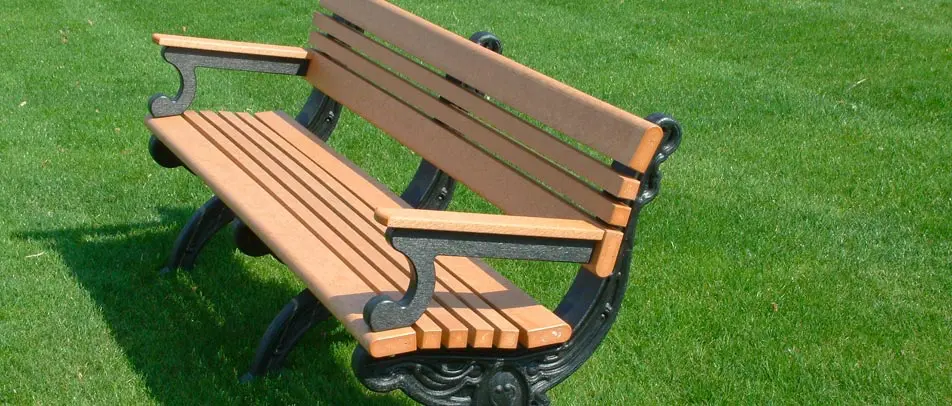
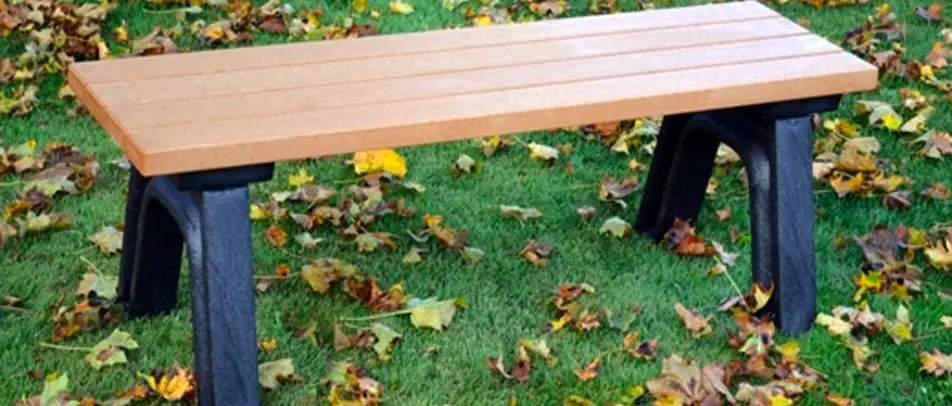
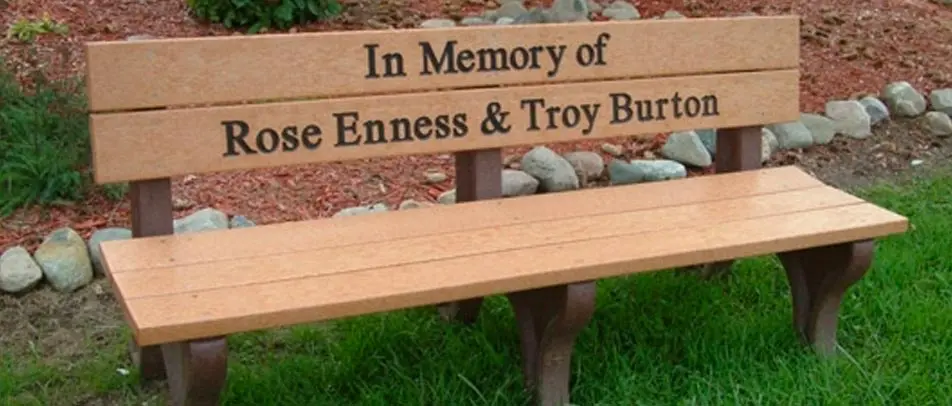



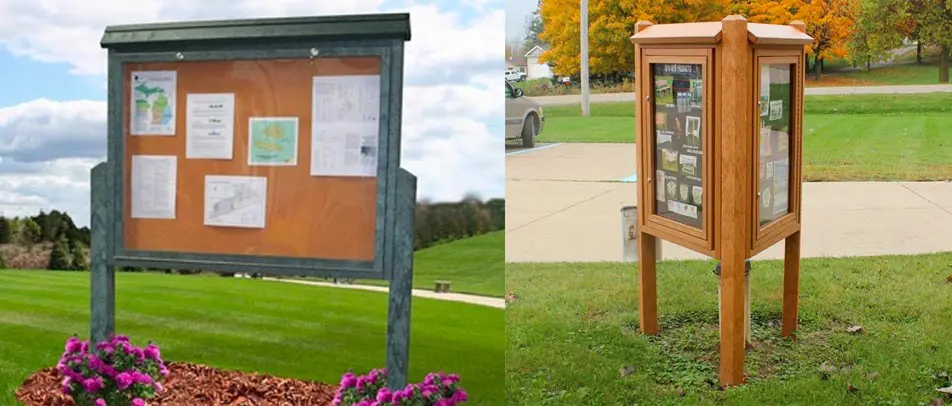
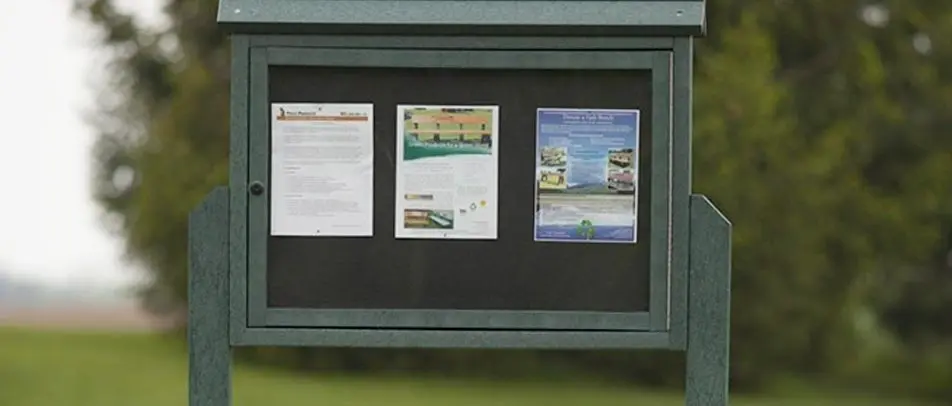
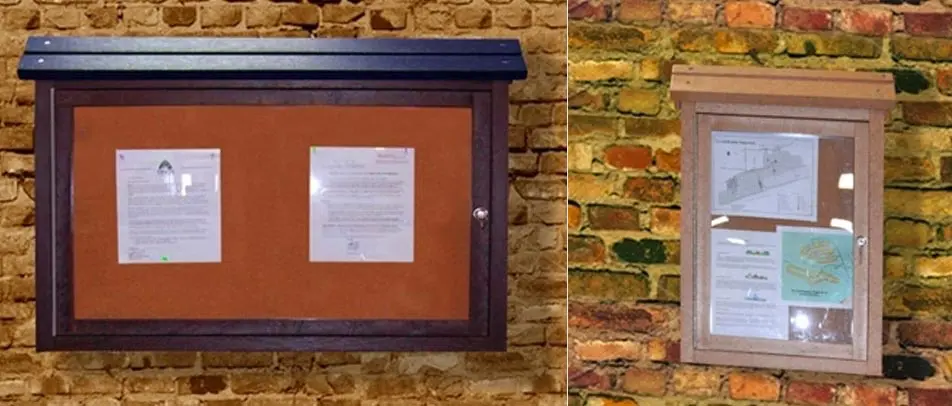


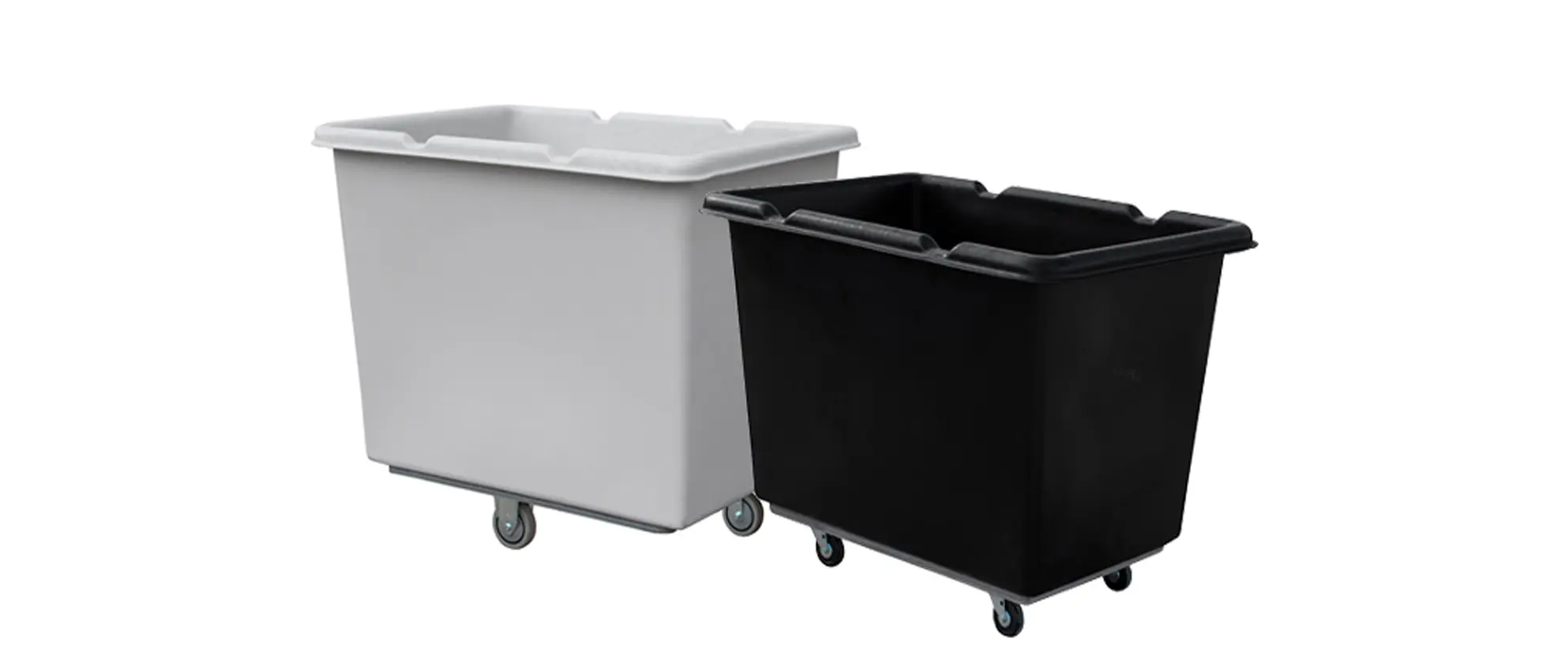




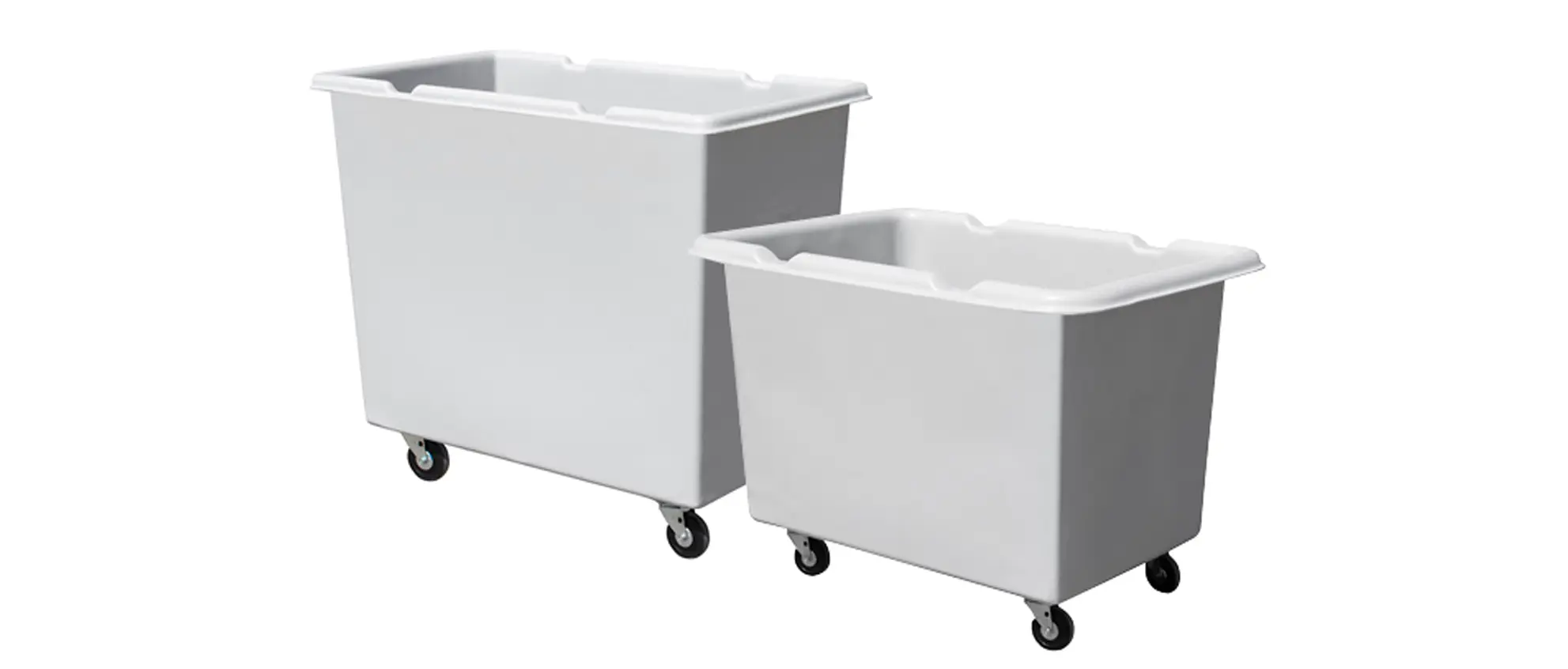


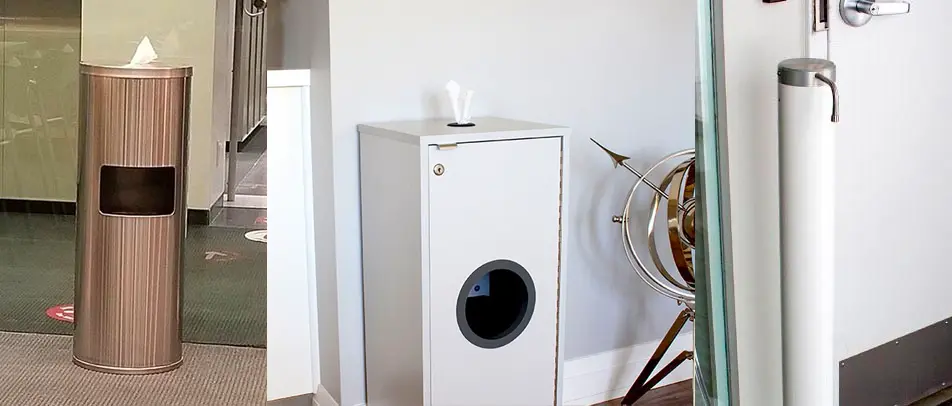
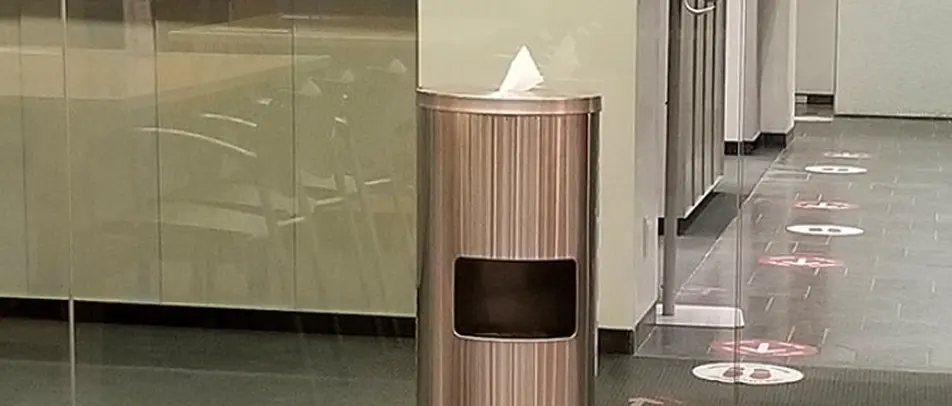
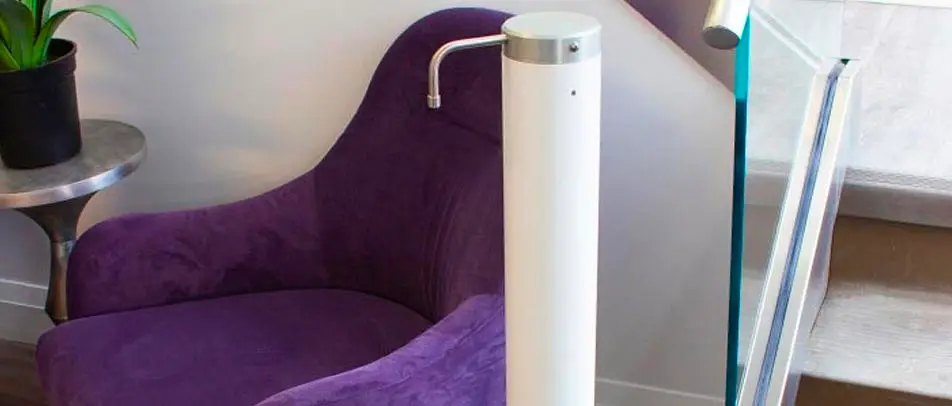

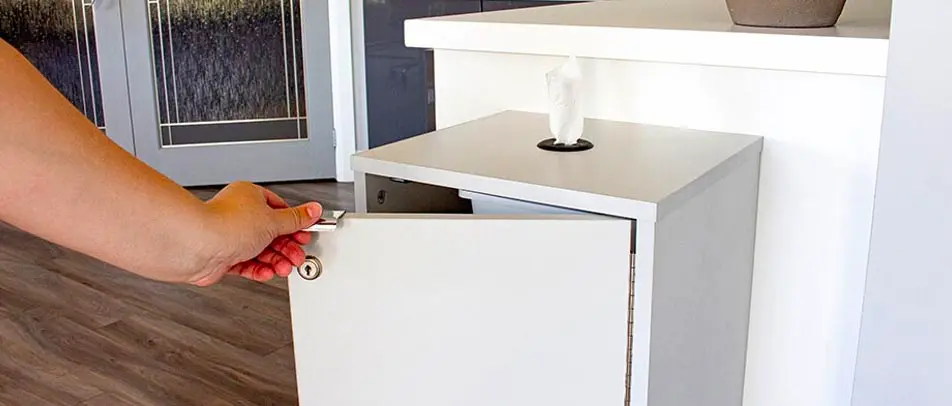
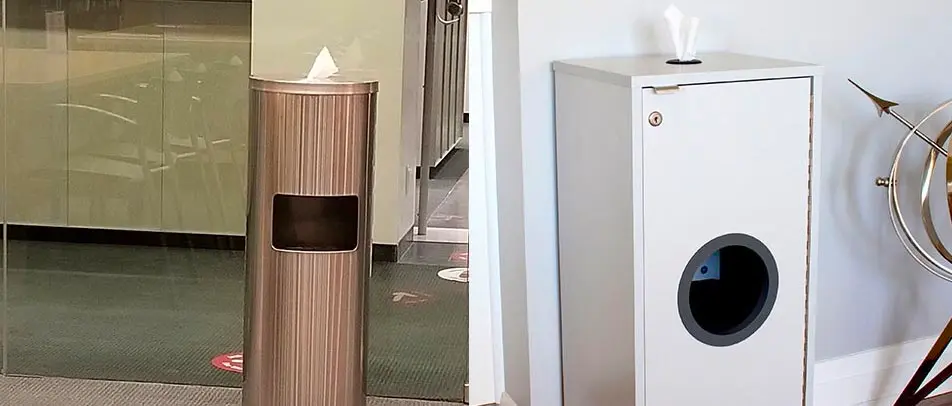

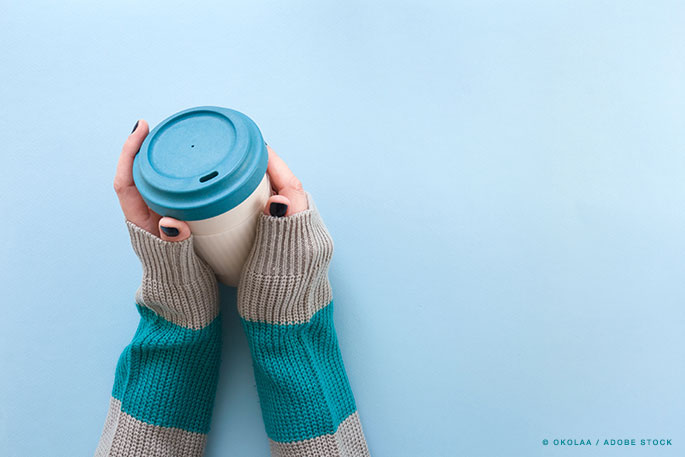

 Three Ways to Engage Teams and Clients to Maximize Your Recycling Program Engagement
Three Ways to Engage Teams and Clients to Maximize Your Recycling Program Engagement  How to Integrate Accessibility Into Your Sustainability Planning
How to Integrate Accessibility Into Your Sustainability Planning  Why Park Benches Can Promote Workplace Well-Being
Why Park Benches Can Promote Workplace Well-Being 
